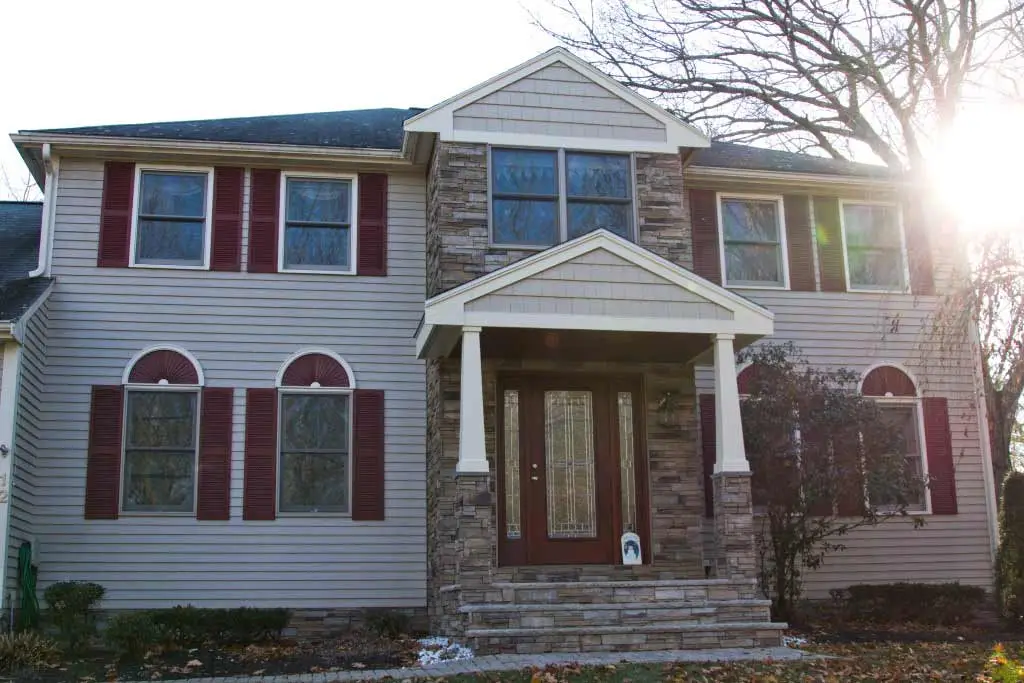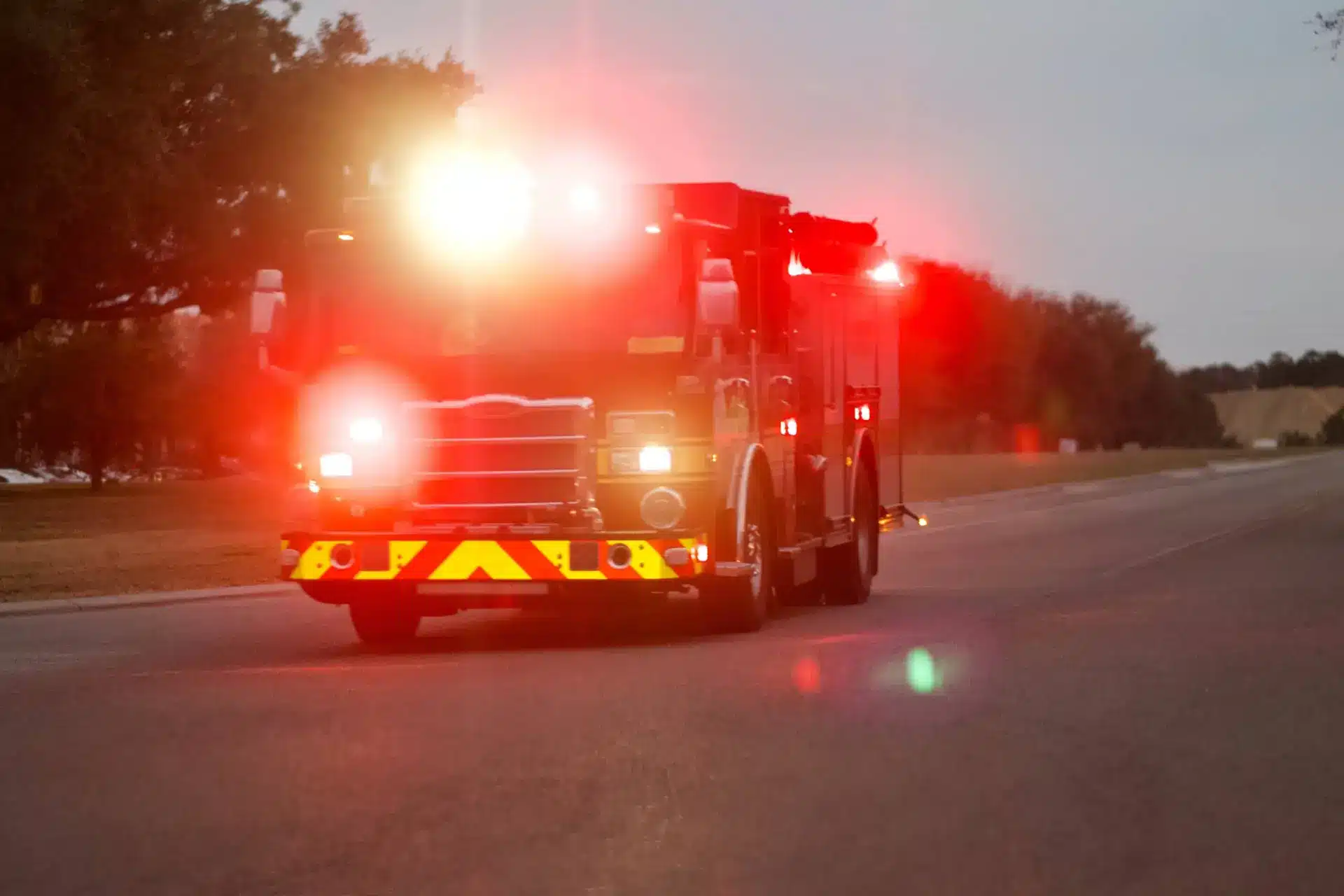The winter season is in full swing and colder temperatures are officially upon us. Protecting your home from the cold, potential home-break-ins as well as house fires is something that most homeowners want to be mindful about. Taking extra steps can certainly help you have a warmer and happier winter season, and we’re here to share some helpful home safety tips.
Before the harshest part of winter sets in, here are some of our top home safety tips to protect your home and family from the inside out:
Hope Safety Tips: Winterize Your Home
If you haven’t yet taken the steps to winterize your home this season, it’s time that you put your plan into action. While it’s easy to remain indoors and wait out the cold weather until spring arrives, this can be a potentially risky strategy for yourself and your home.
The good news is that winterizing your home doesn’t need to be complicated. One of the first steps is to be sure that your windows and doors are prepared for winter. Cold and windy weather can take a toll on your home and result in increased energy bills. Consider adding weatherstripping to windows and doors to help block out drafts.
In addition, give all your windows a quick check to make sure that they are closed tightly and locked. This will help stop drafts which in turn will help with energy savings and security.
Quick Tips to Winterize Your Home for the Season
When you want to save energy and make your home more comfortable, consider the following advice:
- Taking measures to conserve energy and increase the comfort of your home are easy steps you can take to protect your home and family. It is generally more efficient and cost-effective to air seal and insulate a home to increase its efficiency.
- In winter, attic access doors are a common source of heat loss. A poorly weatherstripped door can allow cold air to seep in, especially if the attic is not well insulated.
- Recessed lights have vents that open right into the attic, which is a direct route for heated/cooled air to escape. Air leaks from recessed lights are common. A simple fix to reducing energy loss in your attic is to insulate areas immediately surrounding your recessed lights.
- Caulk fills small gaps less than 1/4″ inch wide. Caulk around electrical boxes on your house. If there are temperature extremes, silicone caulk works best in conjunction with nonporous materials, such as metal flashing.
- In most older homes, air seeps into the basement through the foundation cracks. It is imperative to seal any gaps above the soil level with caulk for gaps up to 1/4″ wide around and spray foam for wider gaps. Make sure you use high-temperature caulk around vent pipes that get hot and use foam around wider holes for pipes that travel through basement walls.
- The most significant drafts tend to occur around windows and doors. As much as 30% of your home’s energy is lost through windows and doors! Weatherstrip windows and doors with an adhesive-backed EPDM rubber version with a pulley seal tool to prevent heat loss.
- As you don’t want to apply an adhesive-backed EPDM rubber weatherstripping when it is frigid outside, read the instructions for the correct temperatures.
We have an all-inclusive list on how to winterize your New England home.
Secure & Airtighten Your Entry Door

Speaking of locks, don’t forget about the security of your entry door. If your doorknob is loose or you can see light around the edges of your door, it’s likely you have unwanted cold air entering your home.
Quick Tips to Secure Your Entry Door
- Make sure to tighten loose doorknobs, which pose an immediate threat to your family’s safety
- Replace old exterior door hardware that opens and closes with a sliding mechanism. These doors are not nearly as secure as those with deadbolts.
- For doors that require key entry, make sure to fit the door with a deadbolt lock, and ensure the door has no seams between the frame and door, which can induce airflow.
- Always use deadbolts to lock doors, as they are much stronger than standard locks.
- Install an edge-strike plate to prevent kick-ins.
- Choose entry doors that have at least one-inch thick panels. This can prevent a burglar from breaking through with a crowbar or other tool.
- Check and double-check the frame and wall around the door. Are there any cracks? Are there any missing bolts or screws? These are serious threats.
Quick Tips to Airtighten Your Entry Door
- Your door needs high-quality weatherstripping to help reduce drafts, such as Q-Lon weatherstripping that’s included with our entry doors
- Ensure your entry door has a polyurethane form core, which is an insulating product to keep heat inside your home
- For entry doors, weatherstripping is installed on the door and on the top of the door jamb and the side.
- The door sweep is another important element t of blocking drafts with entry doors. A door sweep prevents energy loss by covering the bottom and the threshold of the door.
Home Safety Tips: Prevent Slips and Falls
One of the dangers of wintertime in New England is icy driveways and sidewalks. According to the CDC, ice, snow and rain are primary culprits for slipping, tripping, and falling. It’s no secret that slipping or falling on ice can lead to serious issues, including broken bones. One of our top home safety tips involves preventing slips and falls with the following techniques:
- Walk slowly when you’re outdoors and wear shoes that have slip-resistant traction.
- Watch out for black ice
- Invest in salt to sprinkle on your sidewalks and driveway
- Cat litter can also help create traction on your sidewalks
Don’t forget that you need to pay special attention to the railings on your porch. Be sure that these are tight and secure so you have something sturdy to grab as you walk.
Keep Your Home Lit Up
This is another one of our home safety tips that helps keep intruders at bay. Your home lighting can help discourage burglars from breaking into your home. If your home is already lit up from the holidays, all the better. Studies show that leaving lights on at night mimics human activity.
If you’ll be out of your house overnight, consider keeping an exterior light and small table lamp on to make it look as if someone is at the home. You can also consider installing security lights that turn on when someone comes near or consider utilizing lights that are controlled by a timer. The key is to set up lighting to mimic human activity. Most intruders will think twice about breaking in if they believe that someone is home.
Prevent House Fires

As the final insight on our home safety tips for winterizing your home, let’s talk about house fires. House fires are a frightening yet very real threat to all of us, especially during the wintertime.
Since most fires start in the interior of the house, consider these fire prevention tips to keep your family safe:
- Make sure your home is equipped with smoke alarms
- Keep an eye on the food you are frying and on the stove when you are cooking
- Don’t allow children to have access to matches
- Identify potential fire hazards by checking electrical cords
- Have a fire escape plan in place and make sure the entire family knows what to do in the event of a fire
- Upgrade your home with fire-resistant siding such as vinyl, which helps slow the spread of house fires
Check our Winter Home Improvement Resources to find all of the information you need for any home improvement project.
We hope that these home safety tips help you experience a safer and warmer winter season. As always, if you have any questions, don’t hesitate to contact Coastal Windows & Exteriors for a free estimate on replacement windows, entry doors, vinyl siding, and roofing.





